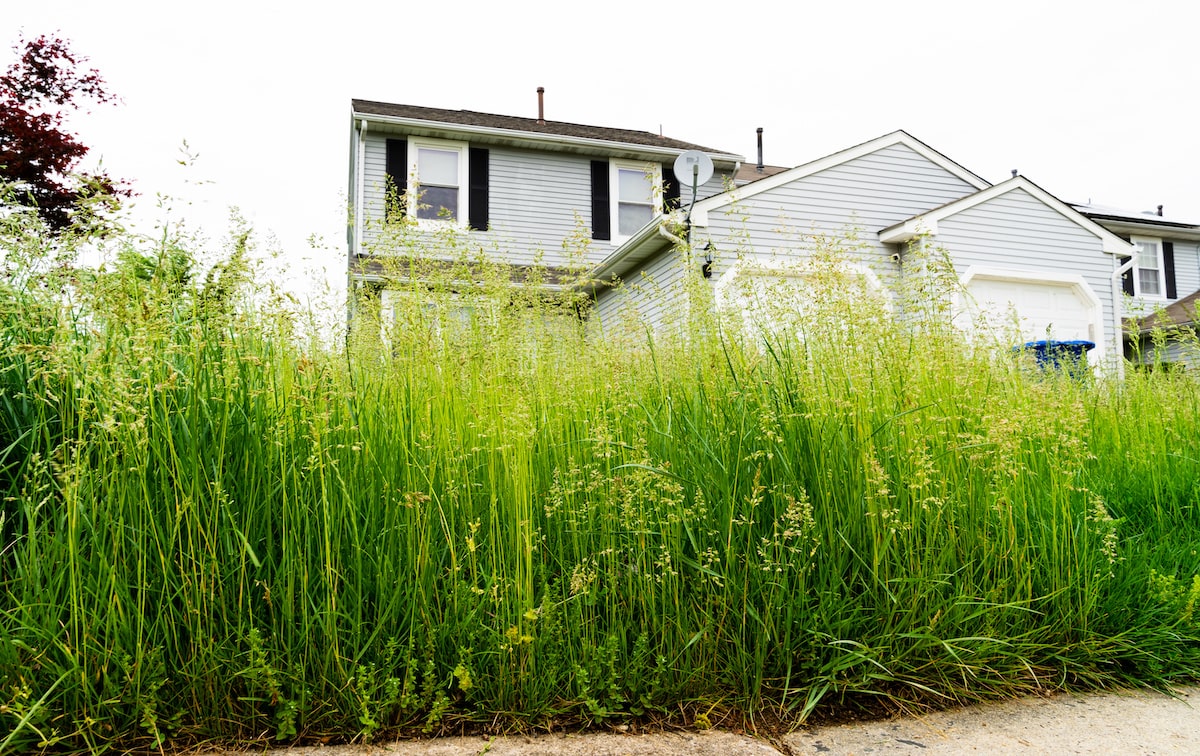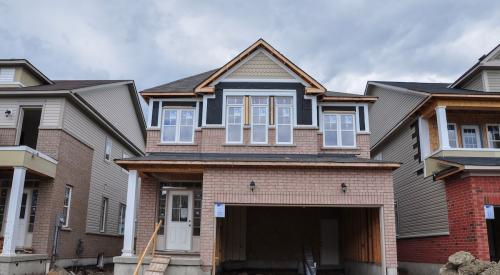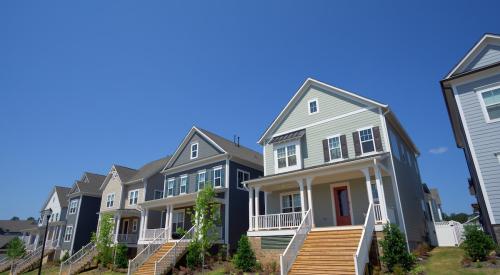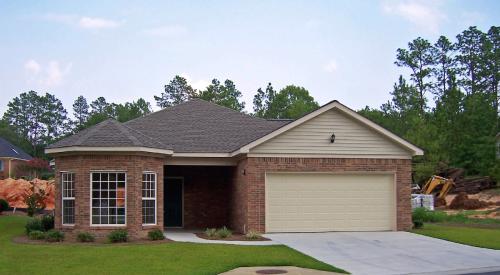A recent analysis of the 2022 American Community Survey by LendingTree reveals approximately 5.5 million vacant housing units in the 50 largest metro areas, creating an 8% housing vacancy rate. While some of the homes are entirely unused, others included in the analysis are available for rent, are used part time, or are undergoing repairs or renovations.
Many of the vacant homes identified by LendingTree are not for sale, though the markets where they’re located are battling worsening inventory shortages and fast-rising housing costs, The Real Deal reports.
The presence of these 5.5 million vacant homes has prompted questions about their impact on the broader housing market. Jacob Channel, a senior economist at LendingTree, suggests that in theory, increasing housing supply should alleviate high home prices.
However, addressing the issue necessitates tailored policy solutions for each location where these homes lie idle.
Policy considerations range from imposing taxes on second homeowners, like the proposed pied-à-terre tax in New York City, to finding incentives to encourage the renting of vacant units to lower-income households struggling with market prices.













